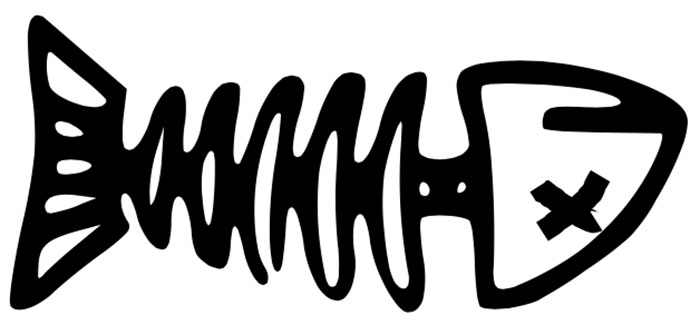
A few weeks ago the Jackson Hole News and Guide reported on the Soda Butte restoration project, shrewdly noting that “it takes just two brook trout to bring down a cutthroat fishery” (opening sentence).
For those interested in the (at times, at least) perceived paradox of wiping out an existing, stable fishery to then repopulate it with another kissing-cousin species (confining the discussion to those of the genera Oncorhynchus, Salmo and Salvelinus of the family Salmonidae), we mention this simply out of interest in the process and not in any way passing judgement.
Read the article here – Soda Butte Cutthroats Swim On.
From the article –
To complete the cleanse of 38 miles of Soda Butte and its tributaries, a crew of 29 biologists and technicians spent up to two weeks living out of a makeshift camp erected on the Gallatin National Forest near Cooke City, Montana. The diverse team made up of Fish, Wildlife and Parks, Wyoming Game and Fish Department, Gallatin National Forest and Yellowstone park staffers put in 12-hour days.
Late in the game, on Thursday, Game and Fish technician Chelsey Sherwood had spent the whole day wading Soda Butte and its braids in search of dead fish, which were netted, counted and hauled out. The step was taken to remove a bear attractant and also provide data for the project.
“There’s so many,” Sherwood said while netting the dead trout. “They just keep coming. They are never-ending.”
By late afternoon the Cody resident was on her 11th mile of walking the stream. Along with her colleague, Andrew Stimetz, she’d collected 923 cutthroat and six brook trout.
Of note, the article does point out that a cutthroat salvage operation was undertaken before the poisoning, with over 3,000 cutthroat shocked, netted, bucketed then hauled via tankers to Lulu Creek and Warm Creek for temporary holding, to be later replaced back in Soda Butte. There were apparently a/an (unnamed) number of brook trout disposed of during the cutthroat salvage operation.
This will indeed be an interesting laboratory to watch for the next several years.

